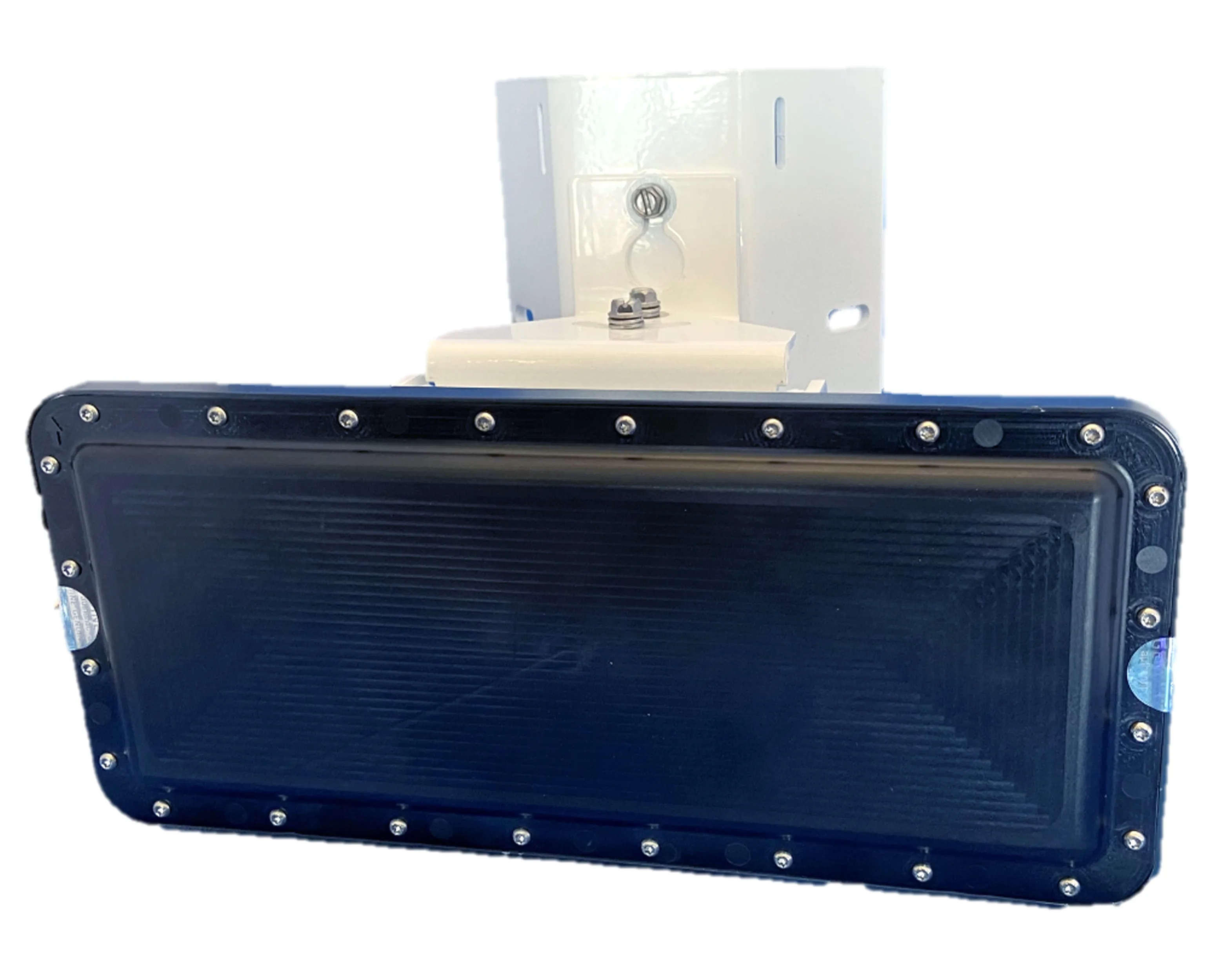Sagem Sécurité (Safran group) has signed a contract with the French Ministry of Ecology, Energy, Sustainable Development and the Sea, to install additional automated speed control radars over a period of four years.
January 30, 2012
Read time: 1 min
Sagem Sécurité (Safan group) has signed a contract with the French Ministry of Ecology, Energy, Sustainable Development and the Sea, to install additional automated speed control radars over a period of four years. The company will be responsible for the supply, installation and maintenance of approximately 600 latest-generation Mesta fixed radar stations.
Sagem Sécurité has installed some 2,600 fixed and mobile radar stations on the French highway system since 2003.
Sagem Sécurité has installed some 2,600 fixed and mobile radar stations on the French highway system since 2003.










